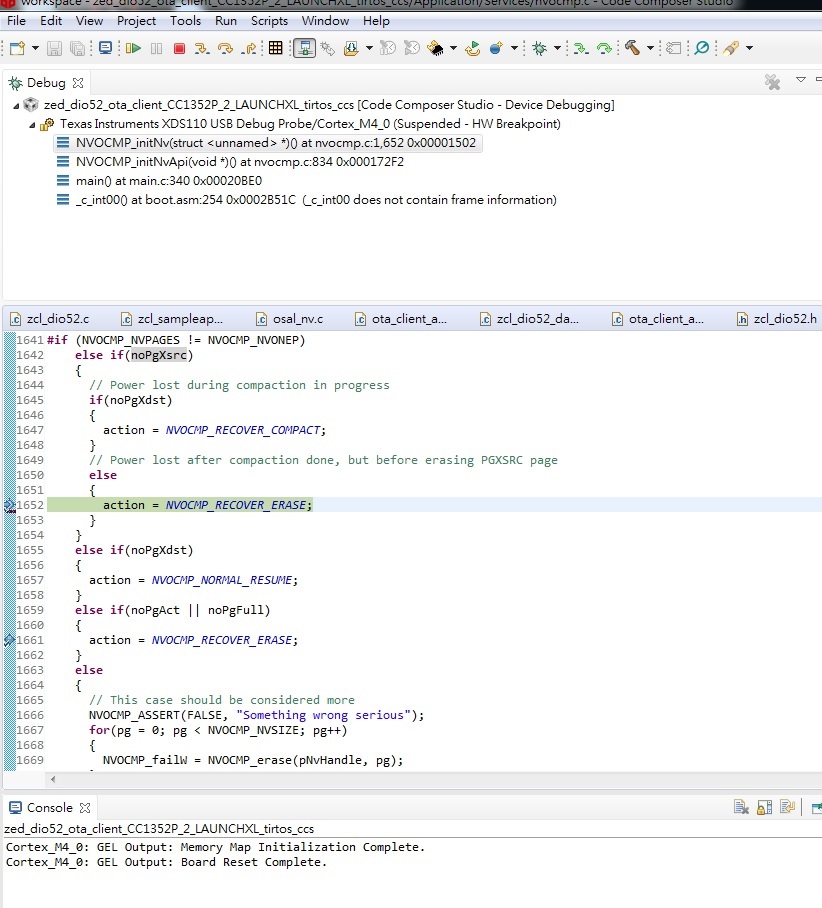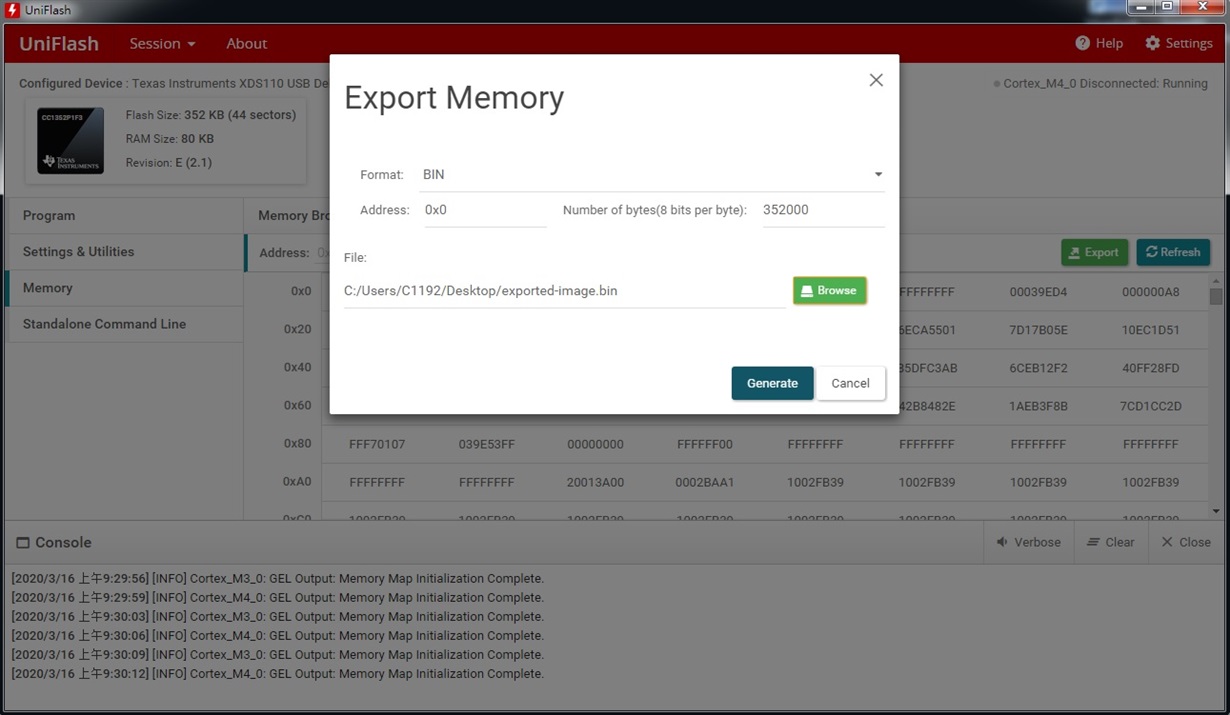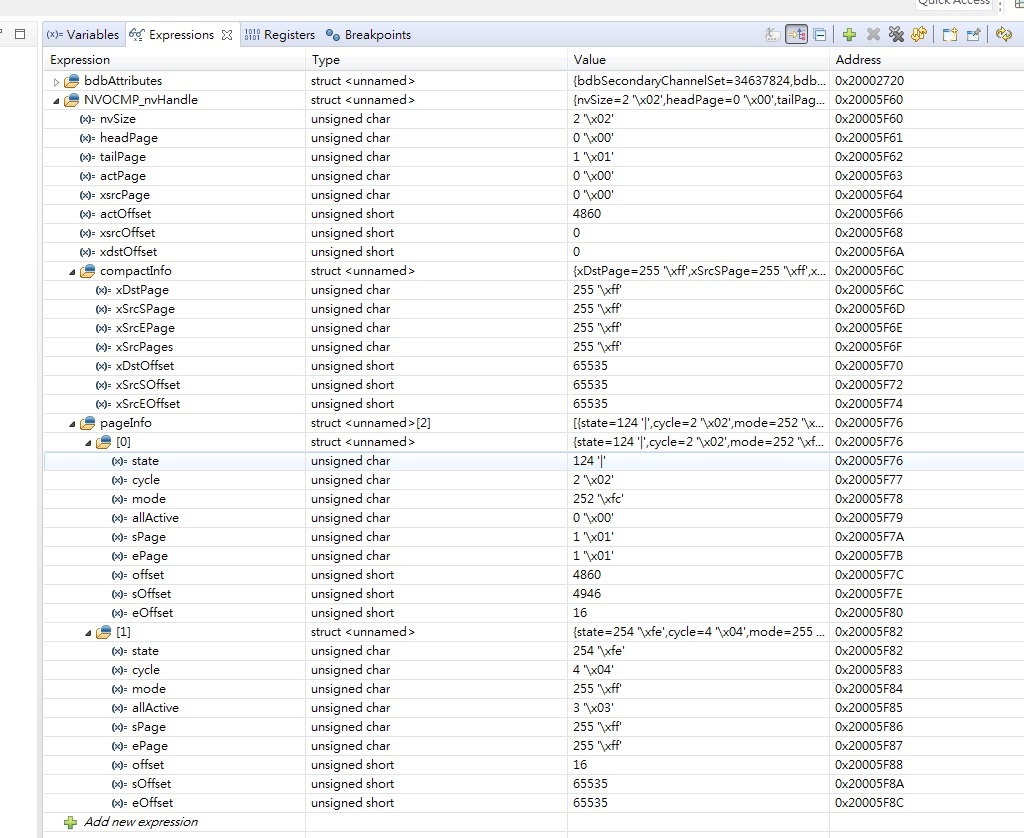Other Parts Discussed in Thread: CC1352P, CC2531, SIMPLELINK-CC13X2-26X2-SDK
Tool/software: Code Composer Studio
Hi all,
Our QA team test our product for stability. their test steps are showing below
1. power on with 3V
2. decrease 0.1V every 10ec from 3v to 1.8v
3. turn off power
4. repeat 1~3
Sometimes, the device cannot work anymore when power on(the power consumption keep at 4mA). I enter the debug and find the program enter while() loop(nvocmp.c --> NVOCMP_initNv() --> NVOCMP_RECOVER_ERASE see below). We don't know why the program enter this area. Do you have any suggestion for this problem? Is there any side effect if we "break the while "directly? Thank you





